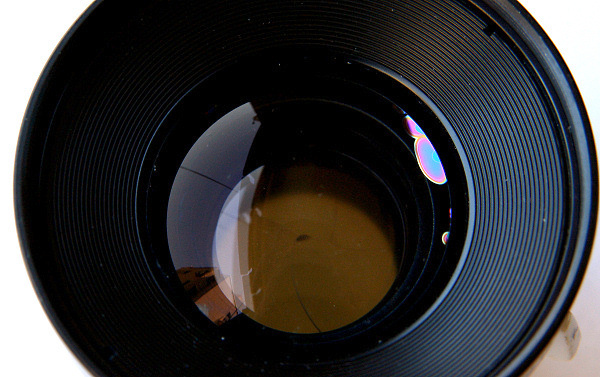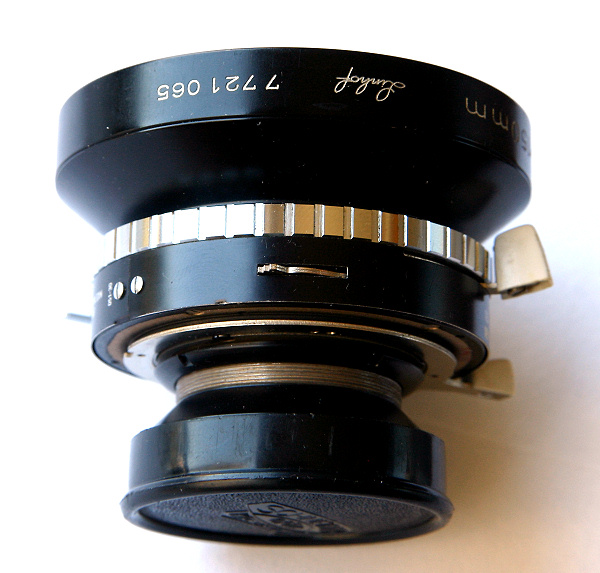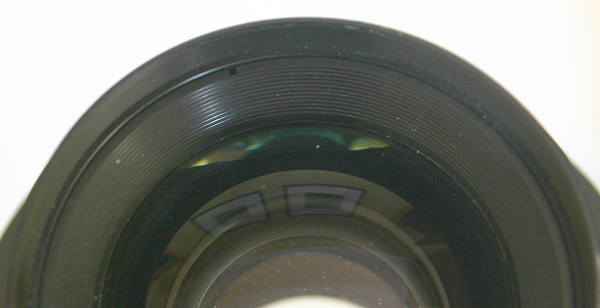Early "Modern" Rodenstock lenses and separation was discussed in a thread about Shneider/Linhof marked lenses. I've started a new thread so as to be more on Topic.
I would have replied to Bob before but my lens was a continent away, here's two typical examples of Rodenstock separation/de-lamination:
This is a Linhof selected 150mm f5.6 Sironar, serial number as seen in the image.
While back in the UK I noticed one of my Rodagons an f5.6 210mm Serial no 8808435 had similar de-lamination.
Both these lenses have been kept in identical conditions to my similar Schneider lenses. However both were second-hand but the enlarger lens came with 5 others from the same commercial darkroom, all of which are OK although the only Rodenstock is probably newer.
I have numerous LF lenses dating back to the 1880's, although most are modern and the only lenses with any separation are these two Rodenstocks.
Ian








 Reply With Quote
Reply With Quote

Bookmarks